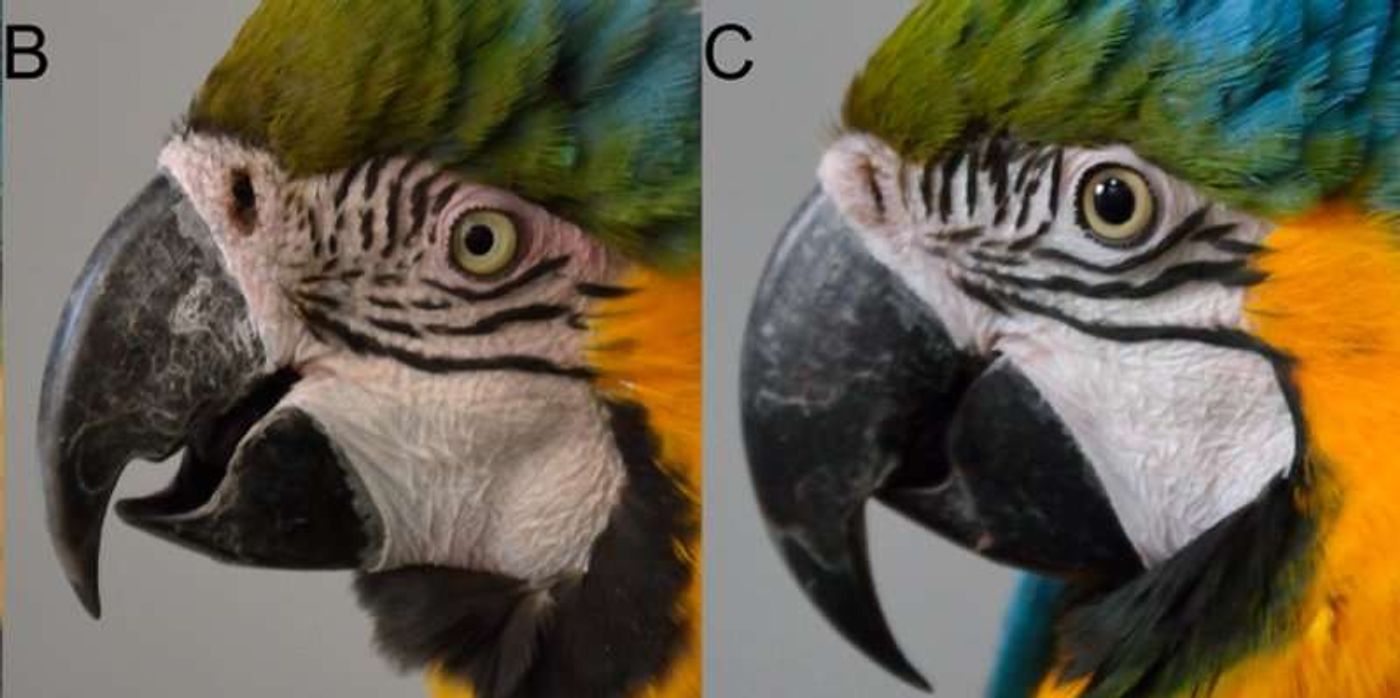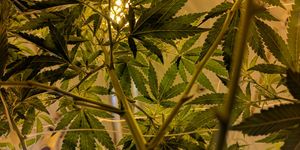Some Macaws Blush In Response to Affection, Others Ruffle Their Feathers
Parrots are some of the most popular pets for bird lovers, and while their intelligence is widely-recognized, that hasn’t stopped acclaimed researchers from studying the birds’ behavior more closely in an attempt to learn more about them and their cognitive abilities.
One of the more recent studies to be conducted in this department involves five captive blue-and-yellow macaws and how they responded to affection from their caretakers. The results, which have been published this week in the journal PLOS ONE, may surprise you.
Image Credit: Arielle Beraud
Citing the paper, the birds displayed physical reactions such as blushing and ruffled feathers when their caretakers interacted with them on a social level. And by blushing, we do indeed mean that the skin on their tiny faces quite literally turned a light red color.
Worthy of note, the blush response was more prominent when the caretaker maintained direct eye contact with the bird during the social interaction. Conversely, ruffled feathers near the cheek, crown, and nape happened more frequently when the bird wasn’t moving around and when the caretaker had their back turned throughout the interaction.
Related: Has the mystery behind Peruvian parrot geophagy been solved?
"How birds use facial displays and whether they communicate their inner subjective feelings is a question that is crucial to deepening our understanding of bird sentience," the researchers explained.
"Although caution must be exercised when interpreting these data due to the small sample size, we argue that crown ruffling and skin color variation may provide facial indicators of birds' inner subjective feelings. On a practical level, parrots are popular companion animals, with millions of parrots being kept as pets, and understanding visual communication in parrots may help to assess their well-being in captive conditions."
Related: Crows instigate fights with ravens, research suggests
With all circumstances considered, the results indicate that blushing represents a more significant state of arousal in the birds; ruffled feathers, not so much. In other words, giving your pet bird your undivided attention seems to trigger a different response than when you talk to it from across the room.









